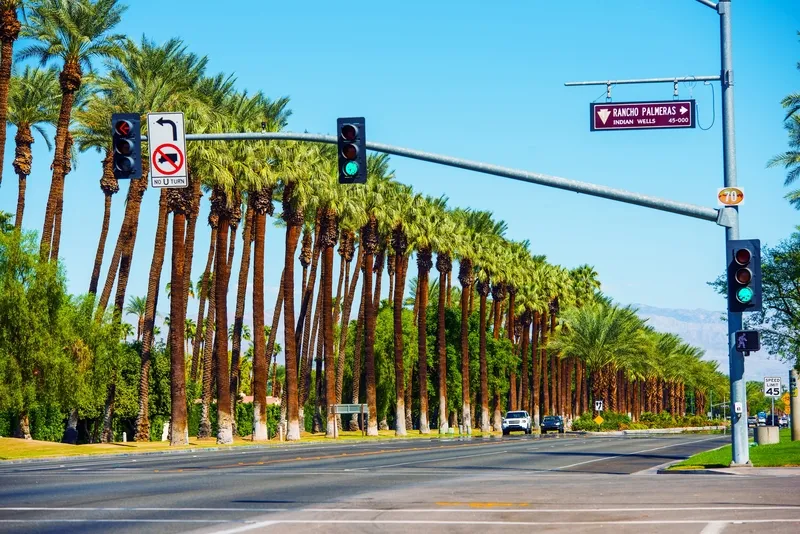The US Department of Transportation’s National Highway Traffic Safety Administration (NHTSA) has joined with members of Congress, safety advocates and industry representatives at the US Department of Transportation’s headquarters to highlight advances in the Driver Alcohol Detection System for Safety (DADSS) program, a research partnership between NHTSA and an industry consortium to develop technology to prevent alcohol-impaired drivers from operating their vehicles while under the influence.
The event f
June 5, 2015
Read time: 2 mins
The 324 US Department of Transportation’s 834 National Highway Traffic Safety Administration (NHTSA) has joined with members of Congress, safety advocates and industry representatives at the US Department of Transportation’s headquarters to highlight advances in the Driver Alcohol Detection System for Safety (DADSS) program, a research partnership between NHTSA and an industry consortium to develop technology to prevent alcohol-impaired drivers from operating their vehicles while under the influence.
The event featured the unveiling of a test vehicle equipped with mock-up DADSS technology that researchers will use to examine driver interactions with the system.
Since 2008, NHTSA and ACTS have collaborated on DADSS research. In addition to a testing vehicle, the event included displays of the two technology prototypes under development, one that detects alcohol levels by touch, another by sensing the driver’s breath, to show progress in maturing them for automotive use. The project’s objective is to complete the necessary research within the next five years that would support the introduction of technologies into the vehicle fleet.
US Transportation Secretary Anthony Foxx said, “Education, awareness and enforcement have succeeded in dramatically reducing drink driving fatalities, but the advanced technology of DADSS brings enormous potential to save even more lives.”
“There is still a great deal of work to do, but support from Congress and industry has helped us achieve key research and development milestones,” NHTSA administrator Rosekind said. “DADSS has enormous potential to prevent drunk driving in specific populations such as teen drivers and commercial fleets, and making it an option available to vehicle owners would provide a powerful new tool in the battle against drink driving deaths.”
“Public-private research partnerships like DADSS have led to innovations that enhance our everyday lives, such as the Internet, GPS and the microchip. Now we have our sights set on inventing a world without drunk driving," said Rob Strassburger, president and CEO of ACTS.
“For 35 years, MADD has worked to stop the horrible crime of drunk driving. This technology represents the future, when one day drunk driving will be relegated to the history books,” said MADD National President Colleen Sheehey-Church. “While we still have a lot of work to do, we are closer than ever to eliminating drink driving.”
The event featured the unveiling of a test vehicle equipped with mock-up DADSS technology that researchers will use to examine driver interactions with the system.
Since 2008, NHTSA and ACTS have collaborated on DADSS research. In addition to a testing vehicle, the event included displays of the two technology prototypes under development, one that detects alcohol levels by touch, another by sensing the driver’s breath, to show progress in maturing them for automotive use. The project’s objective is to complete the necessary research within the next five years that would support the introduction of technologies into the vehicle fleet.
US Transportation Secretary Anthony Foxx said, “Education, awareness and enforcement have succeeded in dramatically reducing drink driving fatalities, but the advanced technology of DADSS brings enormous potential to save even more lives.”
“There is still a great deal of work to do, but support from Congress and industry has helped us achieve key research and development milestones,” NHTSA administrator Rosekind said. “DADSS has enormous potential to prevent drunk driving in specific populations such as teen drivers and commercial fleets, and making it an option available to vehicle owners would provide a powerful new tool in the battle against drink driving deaths.”
“Public-private research partnerships like DADSS have led to innovations that enhance our everyday lives, such as the Internet, GPS and the microchip. Now we have our sights set on inventing a world without drunk driving," said Rob Strassburger, president and CEO of ACTS.
“For 35 years, MADD has worked to stop the horrible crime of drunk driving. This technology represents the future, when one day drunk driving will be relegated to the history books,” said MADD National President Colleen Sheehey-Church. “While we still have a lot of work to do, we are closer than ever to eliminating drink driving.”








